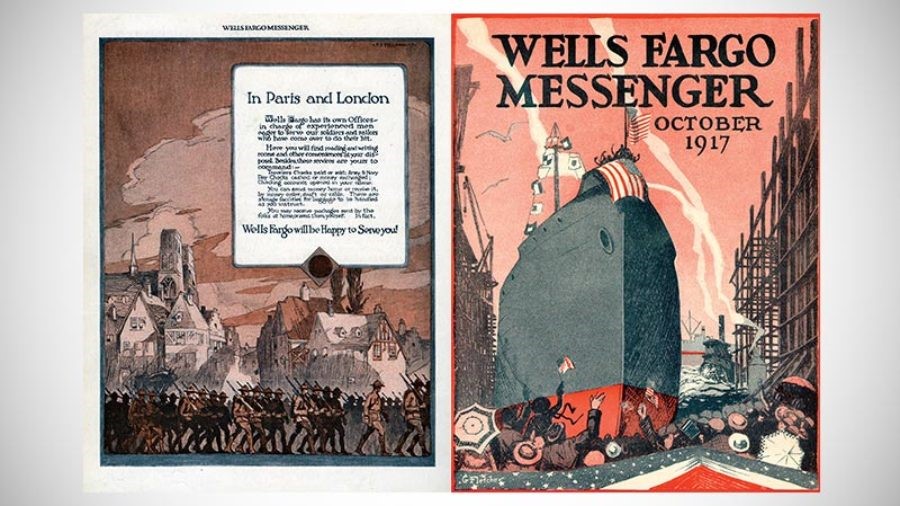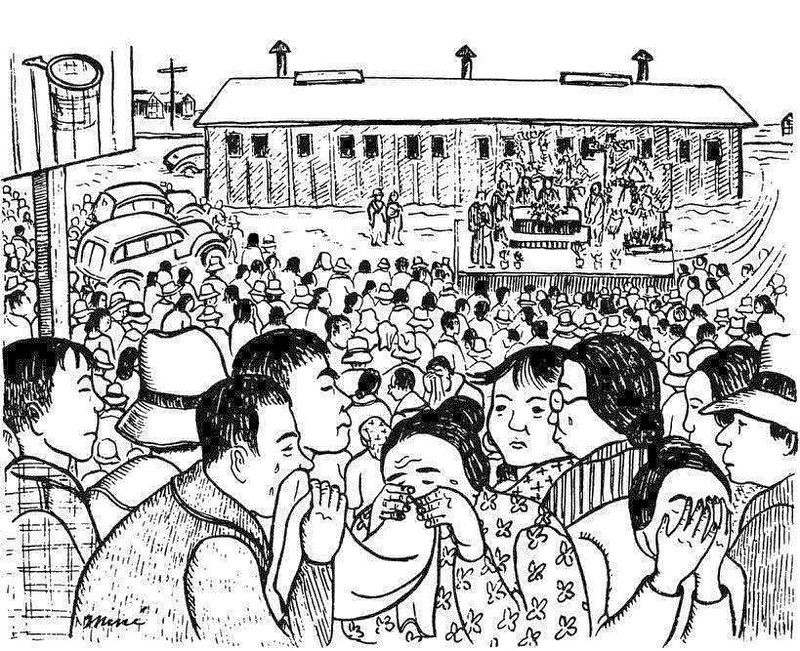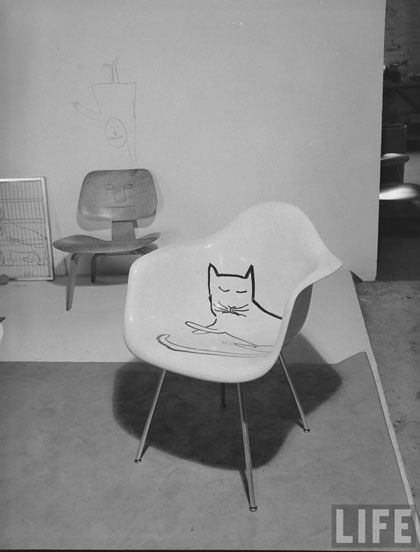VIRTUAL PROGRAM:
Messy Modernism: Art in 20th-Century American Magazines
A PROGRAM ORGANIZED BY THE ROCKWELL CENTER FOR AMERICAN VISUAL STUDIES
Program Information
Zoom Webinar (online)
Wednesday, April 21, 2021
5 p.m. – 6:45 p.m.
You can also access this program on the Norman Rockwell Museum YouTube Channel.
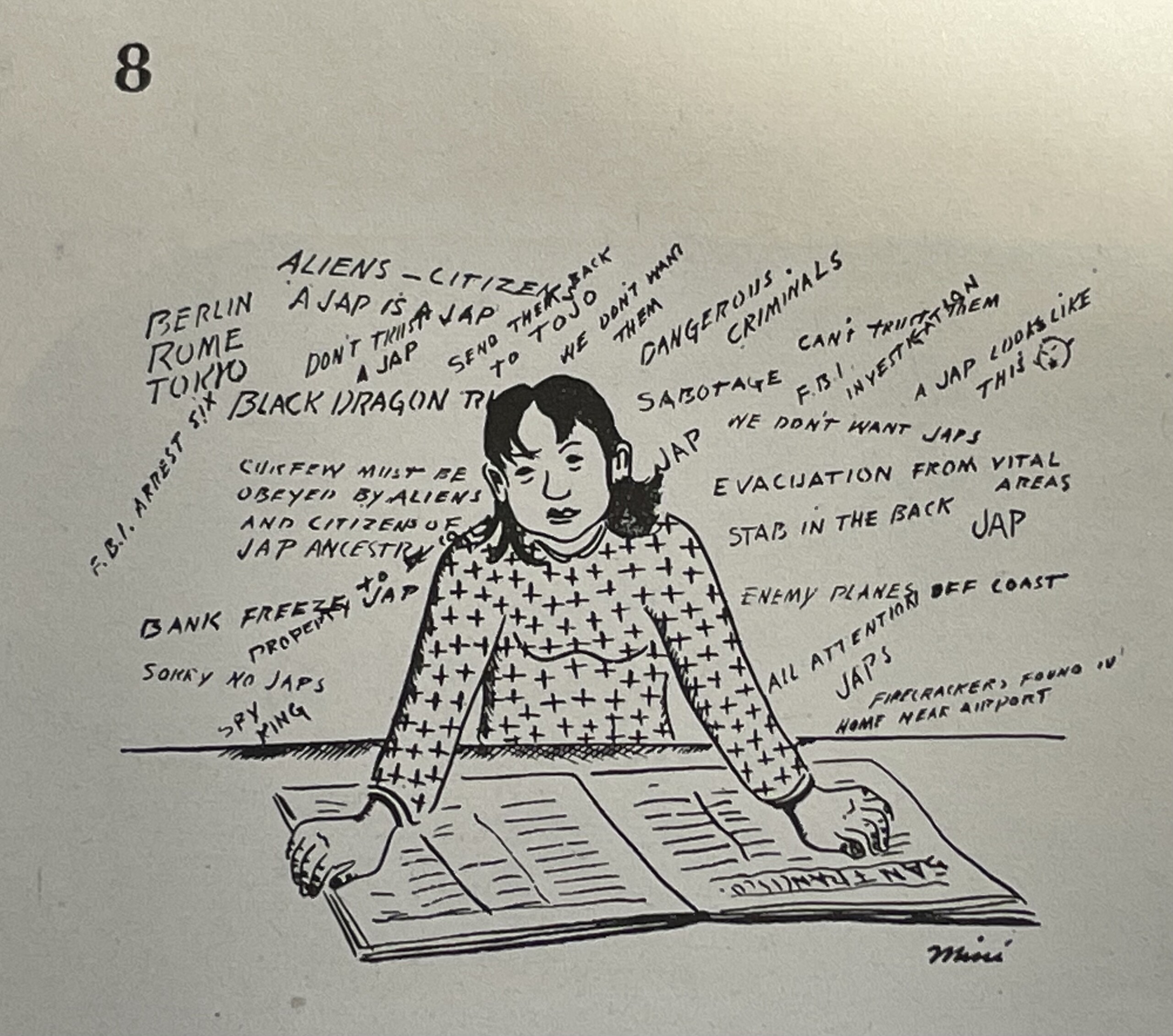

Watch the Program
Description
Magazines are increasingly emerging as critical sites in developing a new understanding of the dynamic relationship between “fine” art and mass culture. Throughout the 20th century, a wide range of American periodicals commissioned artists to produce work for covers and feature stories, but many of these commissions have been left out of histories of modernism.
This session considers three case studies to convey the rich trajectory of art and magazines: Edward Hopper’s covers for the Wells Fargo Messenger, Mine Okubo’s drawings in Fortune magazine, and Saul Steinberg’s work for such publications as Life, Look, Sports Illustrated, and Time. The papers explore the origins of and motivations behind such commissions and analyzes the art as it was originally published in print, showing how advertisements, adjacent articles, and captions shaped the initial reception and understanding of the works.
The sometimes-incongruous juxtapositions of images, texts, and ads reveal a messy modernism in the making. They also offer a novel view of the convergence of financial, social, cultural, and political forces in 20th-century American history without the (often misleading) order afforded by hindsight. This session brings new works by both well-known and understudied artists to light and broadens the parameters of what is considered “modern” art. Spanning over half a century, it demonstrates the complex relationships among artists, corporations, and magazines in the 20th century.
Presenters and Topics:
Chair: Erika Doss
Ph.D., Professor of American Studies, University of Notre Dame; Rockwell Center Distinguished Fellow
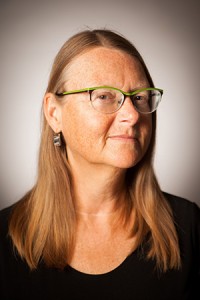 Erika Doss is an art historian and professor in the Department of American Studies at the University of Notre Dame. Her wide-ranging interests in American art are reflected in the breadth of her publications and public lectures, which typically engage the complexities of modern and contemporary American visual and material cultures including the nature of representation and issues of history, memory, and identity—national, cultural, and self.
Erika Doss is an art historian and professor in the Department of American Studies at the University of Notre Dame. Her wide-ranging interests in American art are reflected in the breadth of her publications and public lectures, which typically engage the complexities of modern and contemporary American visual and material cultures including the nature of representation and issues of history, memory, and identity—national, cultural, and self.
Her books include Benton, Pollock, and the Politics of Modernism: From Regionalism to Abstract Expressionism, Spirit Poles and Flying Pigs: Public Art and Cultural Democracy in American Communities, Elvis Culture: Fans, Faith, and Image, American Art of the 20th and 21st Centuries, Memorial Mania: Public Feeling in America, and others. Doss is also co-editor of the “Culture America” series at the University Press of Kansas, and has served on the editorial boards of American Quarterly, American Art, Memory Studies, Public Art Dialogue, and The Space Between: Literature and Culture, 1914-1945. A recipient of several Fulbright Awards, Doss has also held fellowships at the Smithsonian American Art Museum, the Wolfsonian, the Stanford Humanities Center, and the Georgia O’Keeffe Museum Research Center. In 2017, she was named to the first Rockwell Center for American Visual Studies Society of Fellows at the Norman Rockwell Museum.
IMAGE CREDIT: Edward Hopper, Cover illustrations for the Wells Fargo Messenger, October 1917.
Edward Hopper and the “Wells Fargo Way”
Leo G. Mazow, Virginia Museum of Fine Arts
From 1916 to 1919, Edward Hopper produced thirteen covers for the Wells Fargo Messenger, an in-house periodical featuring contemporary news, internal company notices, prose, and musings on Wells Fargo history. Hopper in fact worked for several business and trade publications during these years, but he had a particularly close relationship with Wells Fargo’s organ, which came to be called The Express Messenger, and for which he also drew advertisements and pull-out sections. As the nation approached the First World War, the company developed a much-ballyhooed philosophy called the “Wells Fargo Way,” which emphasized productivity, reliability, punctuality, and honesty. With their legible, figurative style and recurring iconography of clocks, money, delivery men, and mercantile exchange, Hopper’s illustrations contributed to this crusade. Unlike earlier covers for the periodical—and unlike most previous commercial illustration—his Wells Fargo drawings depict not just the subject matter of banks, offices, hotels, and retail establishments but also the experience of waiting, negotiating, working, and purchasing at these sites. Some of these illustrations apply Postimpressionist artistic principles to identifiably American subject matter, but they are most daring in taking on largely unexplored subjects in business literature, including African American employees and women traveling alone. Visualizing the prosaic but critical in-between moments of individuals wending their way through commercial environments, Hopper’s Wells Fargo illustrations helped usher a nineteenth-century firm into a the modern age. What was once a Pony Express company was now aligned with the speed, security, and service of World War I America.
 Leo Mazow has been the Louise B. and J. Harwood Cochrane Curator of American Art at the Virginia Museum of Fine Arts since June 2016. He was previously an art history professor at the University of Arkansas in Fayetteville. He is the contributing editor of Picturing the Banjo and the author of Thomas Hart Benton and the American Sound—which won the Eldredge Prize for Outstanding Scholarship in American Art, awarded by the Smithsonian American Art Museum. Mazow has held a Paul Mellon Senior Visiting Fellowship at the Center for Advanced Study in the Visual Arts at the National Gallery of Art, where he began his book project, Edward Hopper and the American Hotel—which was also a VMFA exhibition in 2019–20. He is presently organizing the exhibition and book The Art of the American Guitar, which will be on display at the Virginia Museum of Fine Arts, and travel to the Frist Museum of Art and an additional venue, in 2022–23.
Leo Mazow has been the Louise B. and J. Harwood Cochrane Curator of American Art at the Virginia Museum of Fine Arts since June 2016. He was previously an art history professor at the University of Arkansas in Fayetteville. He is the contributing editor of Picturing the Banjo and the author of Thomas Hart Benton and the American Sound—which won the Eldredge Prize for Outstanding Scholarship in American Art, awarded by the Smithsonian American Art Museum. Mazow has held a Paul Mellon Senior Visiting Fellowship at the Center for Advanced Study in the Visual Arts at the National Gallery of Art, where he began his book project, Edward Hopper and the American Hotel—which was also a VMFA exhibition in 2019–20. He is presently organizing the exhibition and book The Art of the American Guitar, which will be on display at the Virginia Museum of Fine Arts, and travel to the Frist Museum of Art and an additional venue, in 2022–23.
“Objectivity” in Wartime U.S.A.: Mine Okubo and Fortune Magazine
Emily Hage, Saint Joseph’s University
In April 1944, Fortune magazine published seventeen of Mine Okubo’s drawings of her experiences in an internment camp for Japanese Americans during World War II. They illustrate an article on the camps, where conditions were not unlike those of migrant detention centers today. Two years later, the drawings appeared with her captions in her graphic memoir, Citizen 13660. But in Fortune they are in direct dialog with xenophobic articles, graphs, photos, drawings, captions, maps, and advertisements centered on Japan and its people. Fortune praises Okubo’s drawings for their “objectivity.” In fact they were subversive, circumventing government censorship and exposing injustices she endured, but they were subtle. Okubo understood that she needed to produce scenes that were ostensibly “objective” so that she could have a voice at all. Otherwise her drawings would be dismissed as merely subjective artworks amidst the supposedly “hard facts” invoked throughout the rest of the issue to demonize Japan and its people. In the mid-1940s, the art world was dominated by rhetoric against narrative art and commercial commissions; at this time, many say, the symbiotic relationship between the artistic and corporate realms was over. Yet the publication of Okubo’s drawings in Fortune demonstrate how magazines maintained an important role as an artistic venue and as a site where artworks could reach observant audiences and potentially incite change. Mass circulation magazines reveal the context to which artists were inevitably responding. In so doing, these periodicals complicate and expand perceptions of American modernism in the twentieth century.
Emily Hage is Associate Professor of Art History at Saint Joseph’s University. A specialist in twentieth-century European and American art, Dr. Hage is interested in print media, dialogues between texts and images, and how gender, racial, religious, and national identities inform artistic production. She specializes in twentieth-century artists’ manipulations of magazines, from Dada art journals to Mail Artists’ “dadazines” of the 1970s. Her book, Dada Magazines: The Making of a Movement (Bloomsbury) and The Art of Fortune, 1930-1970. This paper relates most closely to her article, “Reconfiguring Race, Re-contextualizing the Media: Romare Bearden’s 1968 Fortune and Time Covers,” which was published in Art Journal this fall.
Beyond The New Yorker: Saul Steinberg’s Other Magazine Commissions
Melissa Renn, Harvard Business School
While Saul Steinberg’s drawings for The New Yorker are well known, his commissions for other magazines in the 1940s, 50s and 60s—including Life, Look, Time, Sports Illustrated, Harper’s Bazaar, Vogue, Fortune, Flair and Mademoiselle—have been understudied and many of them are not known at all. Commissioned to accompany stories on a wide array of subjects, from baseball and horseracing to radio, opera, and business, these projects offered an opportunity for Steinberg to explore the possibilities of color, collage, and photography without the restrictions of the three-column, black-and-white format of The New Yorker. This talk will show how, for Steinberg, the magazine page was a site for experimentation, a place to explore hybrid forms, mixed-media, and collage, as well as new reproduction technologies. It also will examine Steinberg’s collaborations with editors, designers, writers, and photographers at a diverse range of publications, and the networks behind these corporate commissions. These magazine commissions not only challenge traditional accounts of art production and patronage in the United States, but also defy easy categorization. Like much of Steinberg’s art, these works offer a powerful case study of the messiness of modernism. Indeed, as Steinberg said, “I don’t quite belong to the art, cartoon or magazine world, so the art world doesn’t quite know where to place me.”
Melissa Renn is Collections Manager, HBS Art and Artifacts Collection, Harvard Business School. She has published on American art from the 18th to the 20th century, and is co-author, with Theodore E. Stebbins, Jr., of American Paintings at Harvard, Volume I (2014). Her essay, “The Americans Abroad: Situating Saul Steinberg’s Mural for the 1958 Brussels World’s Fair,” was included in the 2013 exhibition catalogue, Saul Steinberg: The Americans. She has written on Life magazine, including, “The Picture Magazine: Life and the Limits of Photography” in Ludmilla Jordanova and Florence Grant (eds), Writing Visual Histories (2020); “Time, Life, and the Flag Raisings on Iwo Jima,” in Breanne Robertson (ed.), Investigating Iwo: The Flag Raisings in Myth, Memory, and Esprit de Corps (2019); “Life’s Pioneer Painters: Dorothy Seiberling and American Art in Life Magazine, 1949−1968,” in Rachel Esner and Sandra Kisters (eds), The Mediatization of the Artist (2018); “Life in Color: Life Magazine and the Color Reproduction of Works of Art,” in Regina Lee Blaszczyk and Uwe Spiekermann (eds), Bright Modernity: Color, Commerce, and Consumer Culture (2017); and “Within Their Walls: Life Magazine’s Illuminations,” in the Archives of American Art Journal (2014). Renn is co-editor, with Monica E. Jovanovich, of Corporate Patronage of Art and Architecture in the United States, from the Late 19th Century to the Present (2019).


